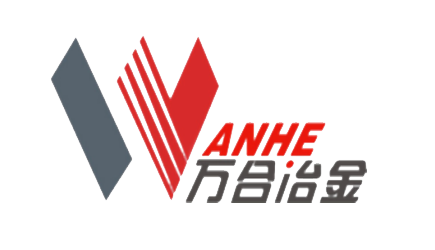Degreasing Unit
A degreasing unit is a piece of equipment used to remove oil contaminants from the surface of cold-rolled strip steel. It employs chemical and electrochemical methods to eliminate the lubricant oil films left behind during the rolling process, ensuring high-quality performance in subsequent manufacturing steps.
Category:
Keywords:
Degreasing Unit
After the steel coil is actively unwound by the uncoiler, it is conveyed via the pinch roller to the shearer, where any excessively thick or damaged sections of the strip are cut off. The leading edge is then welded to the trailing end of the previous coil before moving on to the degreasing process section. Degreasing is carried out in two stages: chemical degreasing and electrochemical degreasing. Following cleaning, the strip undergoes brushing, rinsing, and drying before entering the exit section, where it is finally coiled by the winder at an appropriate tension.
Unit process flow:
Coil uncoiler → Two-roll pinch feeder → Five-roll straightener → Shear machine → Welding machine → Two-roll pinch feeder → Chemical degreasing → Roller-brush degreasing → Electrolytic degreasing → Water brush washing → Water spray rinsing → Hot-air dryer → Shear machine → Coiler.
Unit process parameters:
Raw Materials |
Board width |
Board Thickness |
Craft Speed |
Low-carbon steel, plain carbon steel, stainless steel |
300–1500 mm |
0.15–3.0 mm |
30–150 m/min |

Previous page
Next page
Previous page
Leveling Unit
Next page
Aluminum alloy casting is a manufacturing process that involves pouring molten aluminum alloy into a mold, allowing it to cool and solidify into the desired part shape. It is widely used in industries such as automotive and aerospace. The main casting methods include sand casting, metal die casting, die casting, and low-pressure casting, each suited to different levels of complexity and production volumes—for instance, sand casting is ideal for large components, while die casting enables high-precision, high-volume production.
CNC machining is a modern mechanical processing technology that achieves high precision and efficiency through computerized, digital control. As a core component of advanced manufacturing techniques, it is rapidly advancing toward even greater precision, higher efficiency, and increased intelligence—making it an indispensable key technology in today’s industrial manufacturing.
CNC machining is a modern mechanical processing technology that achieves high precision and efficiency through computerized, digital control. As a core component of advanced manufacturing techniques, it is rapidly advancing toward even greater precision, higher efficiency, and increased intelligence—making it an indispensable key technology in today’s industrial manufacturing.
The hydraulic three-way valve is a critical component used in hydraulic systems to control fluid flow direction. It features three ports, enabling functions such as fluid diversion, confluence, or directional switching.


